When you search for the best GPS watch for hiking, what you really want is confidence on the trail. Phones lose signal, batteries die, and rugged terrain demands more than casual tech.
A reliable GPS watch provides offline maps, long battery life, and durability, helping you navigate safely and focus on the hike instead of worrying about your gear.
Understand Why You Need a GPS Watch for Hiking

A smartphone is not a reliable hiking companion. A GPS watch for hiking stays functional when phones fail—low signal areas, harsh weather, and long trails are its natural habitat.
The Outdoor Industry Association’s report found that 65% of long-distance hikers worried most about their phone battery dying mid-trail. Smartphones drain fast when using GPS tracking, while a hiking GPS watch is built for efficiency, ruggedness, and long hours in the field.
In addition, cold temperatures significantly reduce lithium battery capacity. A phone that claims 12 hours of navigation may last only half in alpine conditions. A GPS watch optimized for outdoor use ensures your safety isn’t at the mercy of your phone’s battery.
Identify the Essential Features of a Hiking GPS Watch
Not all GPS watches are created equal. For hiking, four categories of features are non-negotiable:
Offline Maps and GNSS Tracking: When you lose service, offline topo maps and GNSS coverage keep you oriented. Wired’s 2023 outdoor tech review stated bluntly: “downloadable maps are the difference between backcountry exploration and backcountry survival.”
Battery Life: Look at hours in GPS mode, not just “smartwatch days.” Multi-day treks demand 40–70+ GPS hours. Cold reduces real runtime, so buffer is crucial.
Rugged and Waterproof Design: Aim for 10 ATM water resistance plus MIL-STD-810H test standards for impact, temperature, and dust. Otherwise, a single fall or rainstorm could kill the device.
Altimeter, Barometer, Compass: The classic trio that provides altitude awareness, weather trend prediction, and compass navigation when trails disappear.
These features go beyond convenience—they define whether your watch can keep you safe when the unexpected happens.
Compare GPS Watches Based on Real Hiking Needs
The biggest mistake buyers make is comparing GPS watches only by brand or price. A meaningful comparison should always focus on real hiking needs: battery hours in GPS mode, navigation accuracy in terrain, ruggedness, and comfort.
Battery Hours in GPS Mode: Tests by Tom’s Guide showed the Coros APEX 4 reaching ~65 hours in endurance GPS mode, while the Garmin Fenix 7X averaged 57–73 hours depending on GNSS settings. These numbers matter more than “20 days smartwatch mode,” because GPS drains differently in real use.
Navigation Accuracy: DC Rainmaker found that multi-band GNSS in the Garmin Fenix 7 significantly reduced track errors in canyons and forests compared to single-band watches. This is critical if your hikes involve dense tree cover or alpine valleys.
Ruggedness: Outside Magazine notes that while most outdoor watches can handle rain, only those tested to MIL-STD-810 standards reliably survive shocks, dust, and temperature swings. This should weigh more than looks.
Comfort and Weight: For long days, a lighter model with a breathable strap can make the difference. Backpacker Magazine’s 2024 survey found 37% of hikers stopped wearing heavy models after the first few outings.
Key takeaway: Always compare watches by how they perform under your expected trail conditions, not by which spec sheet looks bigger.
Avoid Common Mistakes When Choosing a GPS Watch
Buying for looks, not durability
Error belief: “A stylish display is enough for hiking.”
Harsh terrain means scratches, drops, and water exposure are inevitable. Without 10 ATM or MIL-STD-810 toughness, your watch could fail mid-trip.
Treat ruggedness as a baseline, not an extra. Choosing a rugged smartwatch ensures your device survives the same conditions you do, protecting both your investment and your safety.
Confusing smartwatch days with GPS hours
Error belief: “20 days of battery life means it lasts through a 3-day hike.”
GPS tracking drains power far faster than idle smartwatch use, and cold weather accelerates the drain.
Always check GPS tracking hours in multi-band mode. Hikers should buffer at least 30–50% over their expected hike duration to avoid dead devices in the field.
Relying on online maps only
Error belief: “Signal coverage will be fine; I don’t need offline maps.”
Mountain rescue teams in the UK reported a surge in callouts linked to hikers relying on phone apps that lost service mid-route.
Preload offline maps covering your entire route and carry a backup (paper map or compass). This redundancy ensures navigation continuity even when tech fails.
Underestimating dual-frequency GNSS
Error belief: “Single-band GPS is accurate everywhere.”
In forests, canyons, or urban “canyons,” multipath reflections distort signals. Dual-frequency GNSS (L1+L5) significantly improves accuracy.
If your hikes often involve obstructed terrain, prioritize dual-frequency GNSS. The extra cost pays for reliability and peace of mind when precise navigation matters.

Match the Right GPS Watch to Your Hiking Style
The best GPS watch is not universal—it depends on how you hike. Instead of looking for “the most advanced,” align features with your own hiking style and environment:
Day Hikers
Lightweight build, 10–20 hours of GPS battery life, and basic offline maps.
Single-day trips rarely demand extreme endurance, but reliability and comfort are critical for keeping navigation simple.
Weekend Backpackers
30–50 hours of GPS tracking, offline topo maps with elevation detail, and weather-tracking sensors.
Overnight hikes require longer battery life and tools to anticipate sudden weather changes.
Thru-Hikers and Long-Trail Trekkers
60–100 hours of GPS battery, low-power GNSS options, and enough storage for full-region offline maps.
On week-long or multi-week routes, charging opportunities are rare, making efficiency and offline coverage essential.
Mountaineers and Alpine Climbers
Dual-frequency GNSS, at least 10 ATM water resistance, and cold-resistant battery performance.
At high altitude and in freezing conditions, ordinary devices fail quickly; advanced GNSS accuracy and ruggedness become safety lifelines.
Key takeaway: The right GPS watch for hiking is the one that directly supports your trip length, terrain, and environmental challenges—not necessarily the most expensive model.
Validate Options with Proven 2025 Models
Once you have aligned the features with your hiking style, the final step is to look at proven 2025 models. Here are four GPS watches that stand out:
Garmin Fenix 7X
- Offers multi-band GNSS and advanced offline topo maps for high-precision navigation.
- Tested GPS endurance ranges from 57 to 73 hours, depending on mode.
- Recognized as a premium choice for multi-day hiking and mountaineering.
Kospet Tank T3 Ultra
- Built to MIL-STD-810H with IP69K / 5 ATM water resistance, designed for rugged environments.
- Features dual-band GNSS with six satellite systems, providing broad coverage.
- Reviews note strong battery life in daily use, but also mention GPS track jumps and limited on-watch mapping.
Coros APEX 2 Pro
- Provides up to 66 hours of GPS tracking, ideal for longer treks.
- Supports dual-frequency GNSS, maintaining signal stability in forests and valleys.
- Considered a cost-effective option for backpackers and thru-hikers.
Suunto Vertical
- Known for its large, bright display and highly detailed offline maps.
- Delivers dual-frequency GNSS accuracy in alpine and challenging terrain.
- Includes expedition-grade endurance modes, suitable for climbers and high-altitude hikes.
Key takeaway: These four models show the spectrum of choices, from the rugged value of the Kospet Tank T3 Ultra to the advanced mapping of the Garmin Fenix 7X, the endurance efficiency of the Coros APEX 2 Pro, and the alpine reliability of the Suunto Vertical.
Conclusion
The right GPS watch for hiking is the one that fits your style, trip length, and terrain. Focus on real GPS battery life, offline maps, ruggedness, and GNSS accuracy. By comparing models wisely and avoiding common mistakes, you’ll find a watch that keeps you safe and confident on every trail.
FAQs
What watch do you use for hiking and backpacking?
Many hikers choose rugged GPS watches like Garmin Fenix, Coros APEX, or Suunto Vertical for reliable tracking and offline maps. The best choice depends on your hiking style and budget.
Which GPS watch has the best battery life for long-distance hikes?
The Kospet Tank T3 Ultra delivers impressive endurance, with users reporting up to two weeks of mixed use and extended GPS tracking on multi-day hikes. Its rugged design and dual-band GNSS make it a strong option for hikers who want long battery life without constant recharging.
Are offline maps on GPS watches reliable for backcountry hiking?
Yes, offline maps on GPS watches are reliable when preloaded correctly. They provide navigation even without signal, but it’s always smart to carry a paper map as backup.


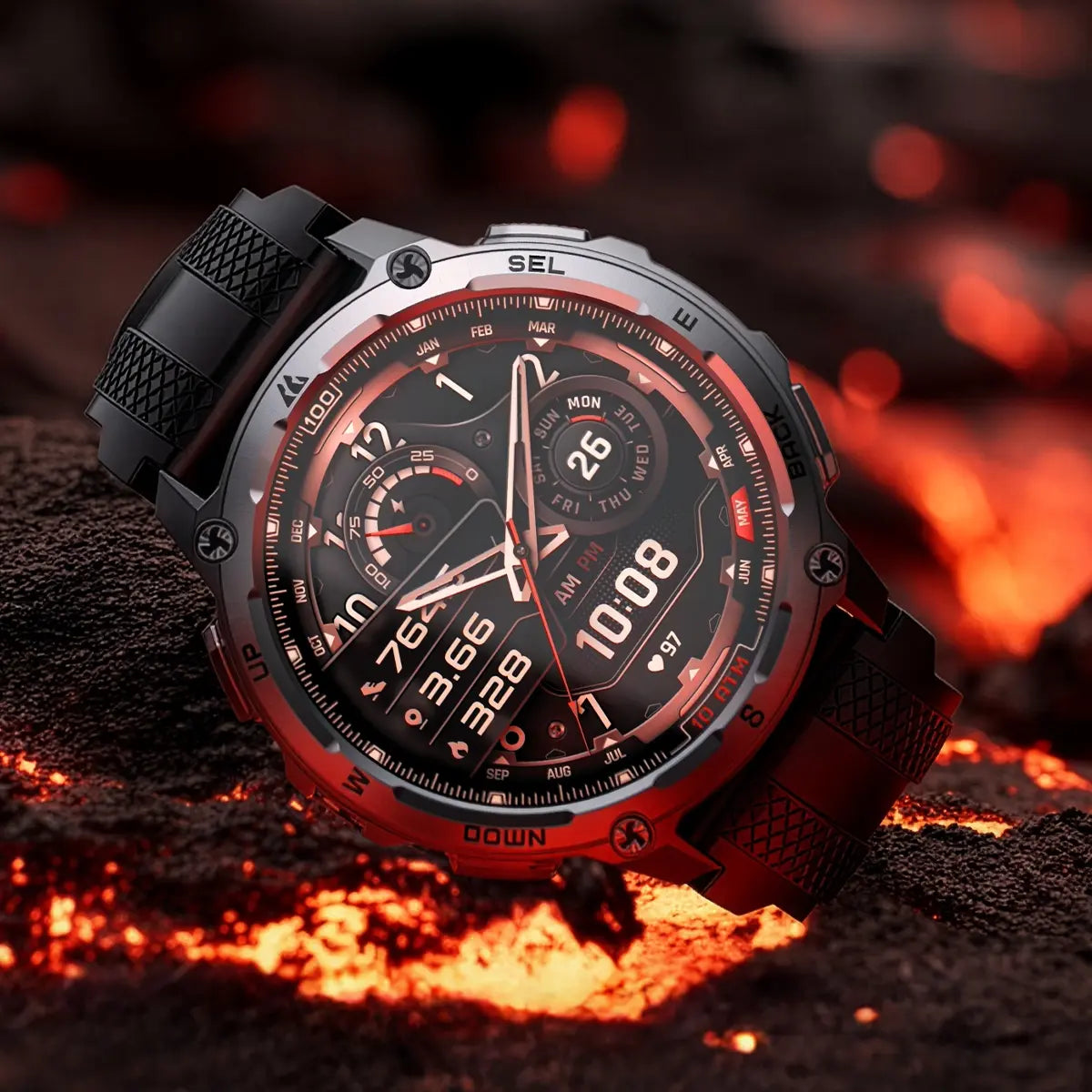
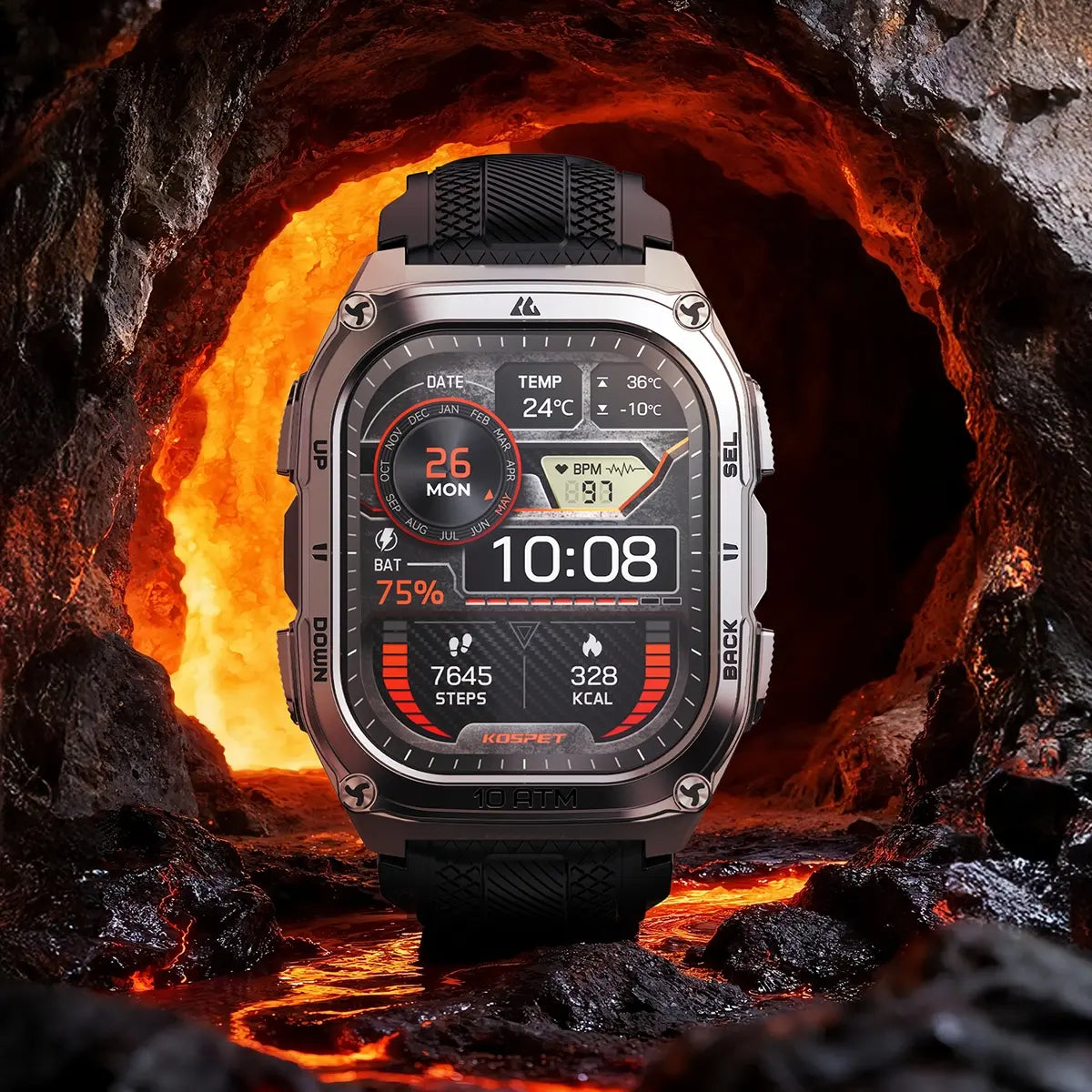
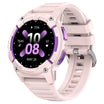
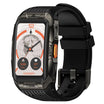
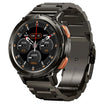
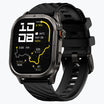
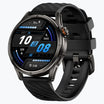
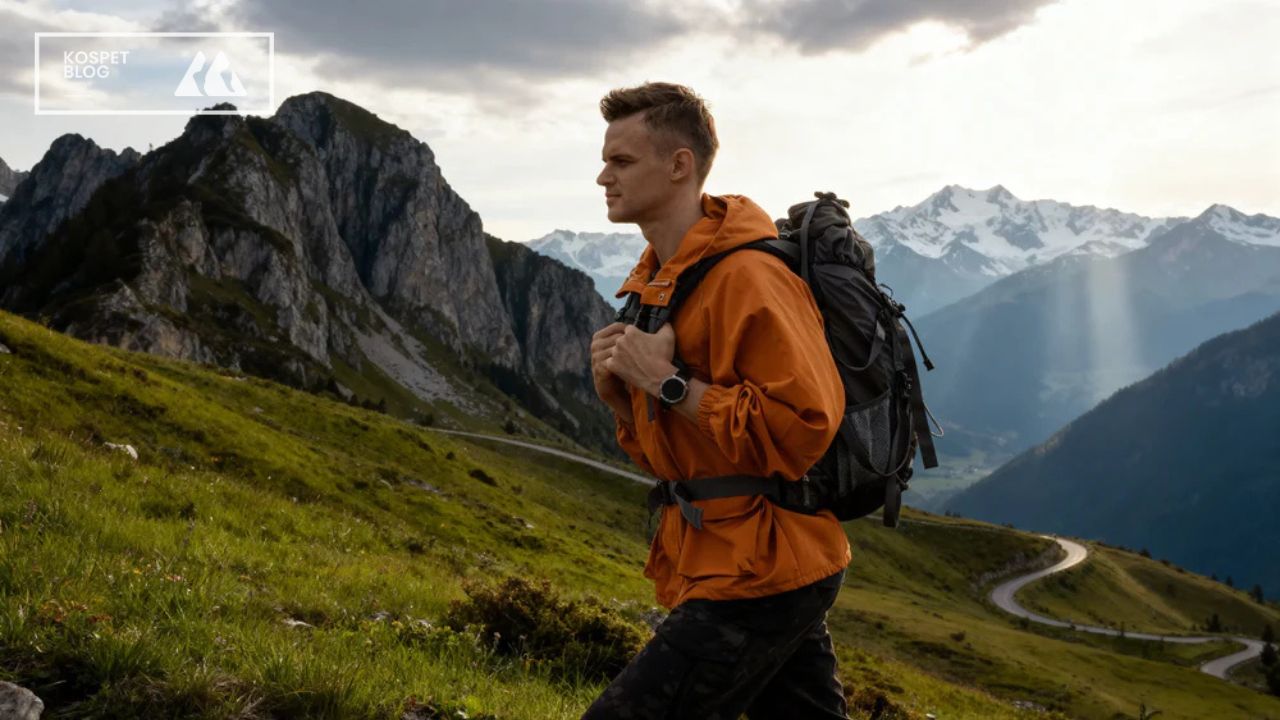
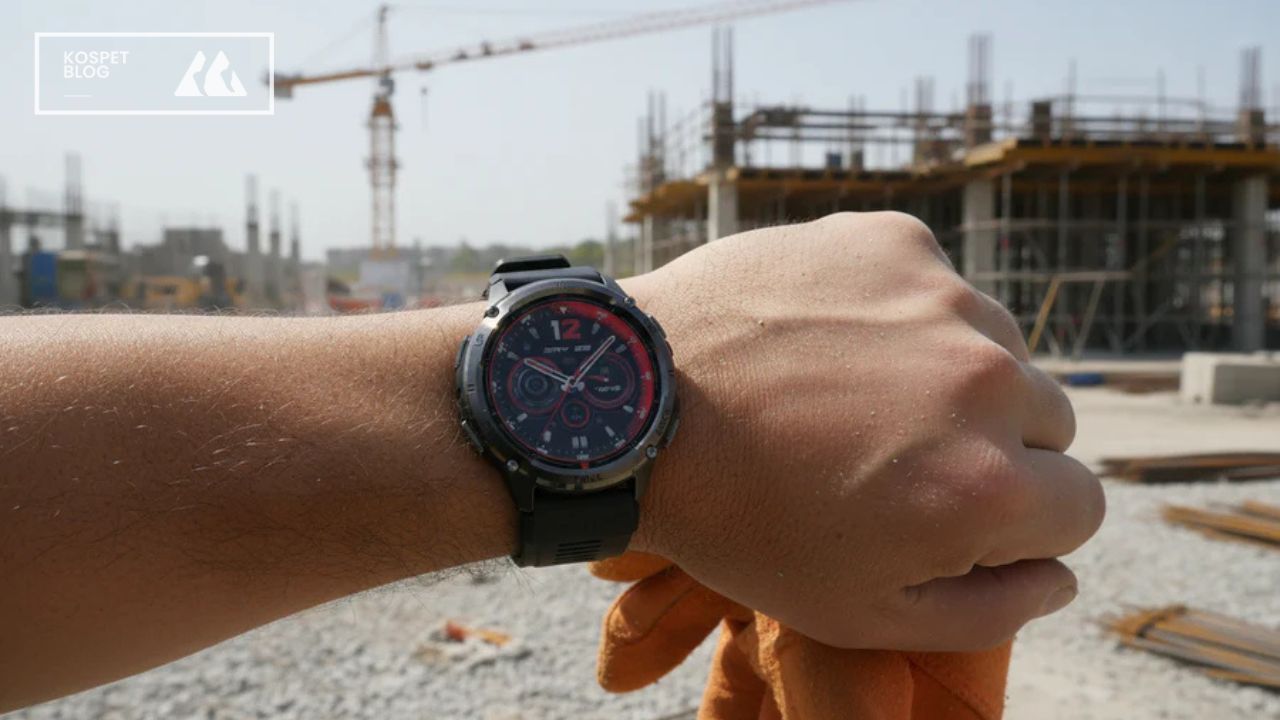





Leave a comment
This site is protected by hCaptcha and the hCaptcha Privacy Policy and Terms of Service apply.